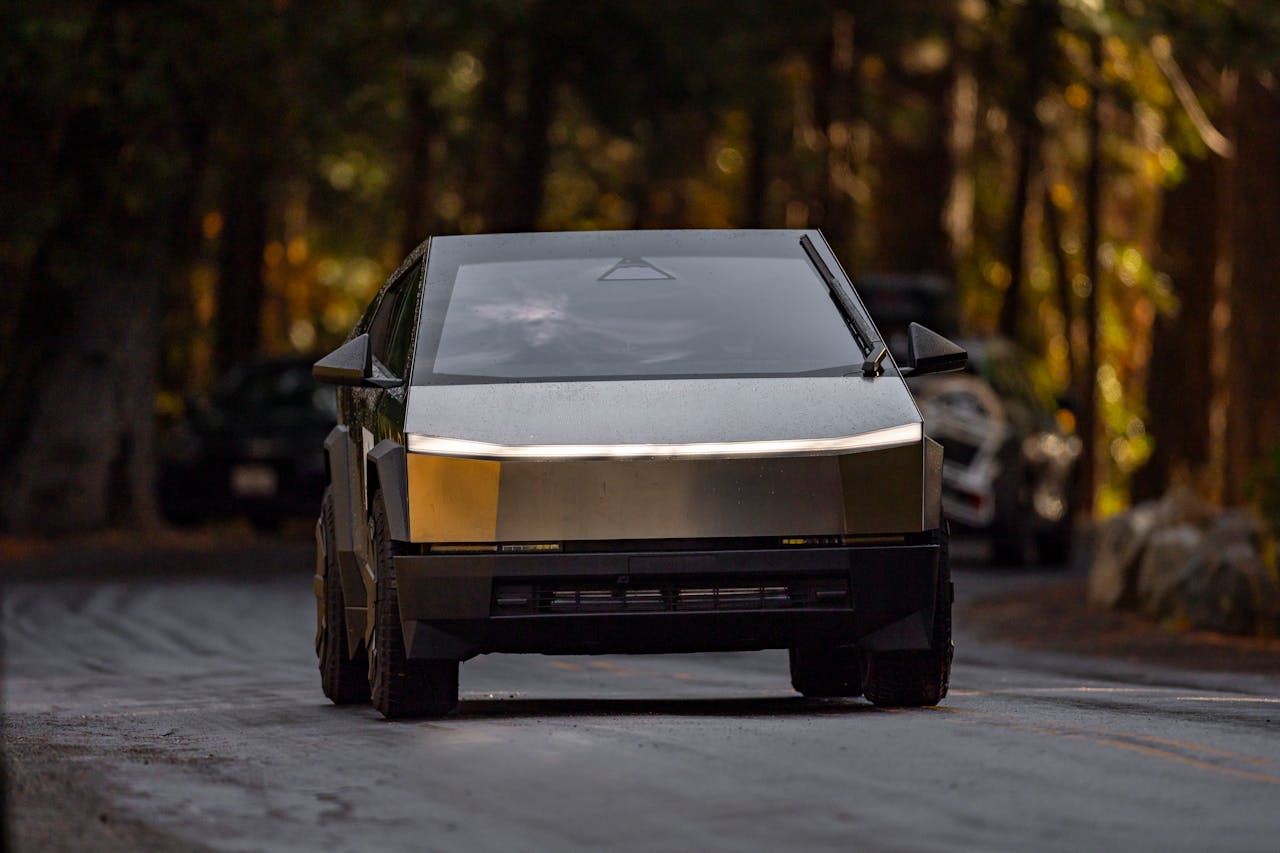- cross-posted to:
- news
- cross-posted to:
- news
We now have a full year of data for the Cybertruck, and a strange preponderance of headlines about Cybertrucks exploding into flames, including several fatalities. That’s more than enough data to compare to the Ford Pinto, a car so notoriously combustible that it has become a watchword for corporate greed. Let’s start with the data…



If you want to talk about how the Pinto’s reputation was not entirely earned, I’ll probably be on your side. My first car was a '72 Pinto, and it will always have a special place in my heart. Cars were dangerous in the 70s, including a lot of poor designs that led to fires. The Pinto had somewhat more than most other models, but it was not exactly the ticking time bomb that people made it out to be. Overall, the safest car engineers could possibly produce in 1980 wouldn’t even be legal to drive today; that’s how much safety has progressed, including Tesla.
And all that’s irrelevant. The Pinto has been dead for longer than most internet users have been alive. I’d wager that less than half of the people in this thread have even seen one on the road. But still, if you say the word “Pinto” online, more people will reach for a fire extinguisher than a can of beans. That’s how ingrained the reputation is.
So when comparing the reputation of the Pinto as a fire hazard to the reality of the Cybertruck as a fire hazard, the author isn’t trying to make any rigorous, peer-reviewed, scientific conclusions about total safety here. It’s about fire. Maybe the best answer is to give the Pinto some (some) leeway for being better than its reputation, but if that reputation can persist in the country’s consciousness for nearly half a century after the car died maybe we can also look to today and see that some lessons were apparently not learned.